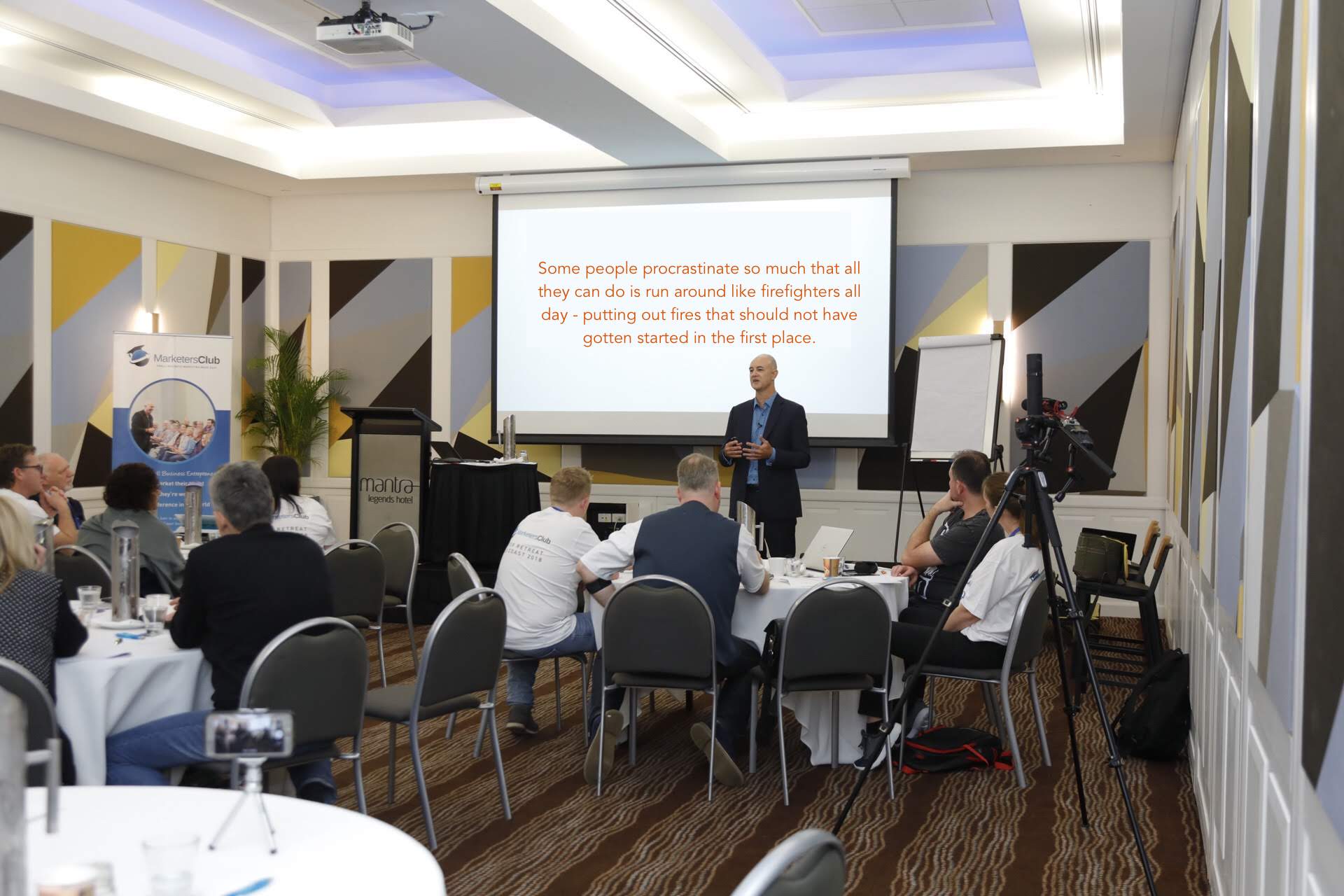Effective communication is more critical than ever in today’s fast-paced and ever-changing business landscape. It can be the difference between success and failure, clarity and confusion. While we may not often draw parallels between firefighting and leadership in the business world, the ability to communicate clearly and decisively under extreme pressure is a skill that leaders in both domains must master.
In this episode of “Leadership in the Line of Fire,” host Brad Hauck dives deep into the world of firefighters, unravelling the art and precision of their communication strategies amidst chaos. By examining the lessons learned from them, we can gain invaluable insights into how to ensure our messages are not lost in the smoke and confusion of rapid change. Let’s explore the secrets of effective leadership communication and how it can be applied to the backroom of any business.
The Importance of Clear Communication
When confronted with a roaring blaze and thick smoke, fireground commanders understand that communication isn’t just essential – it’s life-saving. In such intense situations, they become masters of clear and concise communication, demonstrating the pinnacle of effectiveness under pressure.
Beyond the fireground, these principles of clear communication hold true in the business world as well. Whether navigating the early days of a startup or managing a corporate giant, leaders must ensure that their messages aren’t lost amidst the chaos of rapid change. Now, let’s delve into the complexities of fireground communication and the role it plays in leadership beyond the blaze.
Fluid Situations and the Need for Clear Communication
When firefighters first arrive at a fire, the situation is often fluid and lacks clarity. Poor communication can occur due to various factors, including distance, smoke, lack of signals, and multiple crews arriving simultaneously. To maintain control amidst such chaos, clear communication becomes absolutely essential.
However, challenges abound. Briefings may be too short, maps may be nonexistent, and the true scale of the fire may be unknown. Despite these hurdles, fireground commanders and leaders must strive to maintain clear communication even during the initial attack, where the situation can be messy and rapidly changing.
The Consequences of Poor Communication
Brad shares a firsthand experience where poor communication on a fireground caused increased danger and uncertainty. A crew that was not on the same communication channel as the others put themselves at risk. Highlights like these emphasize the importance of having reliable communication channels to ensure the safety of all personnel on the ground.
Lessons from the Fireground
The fireground communication strategies have important lessons that can be applied to the business world. One such strategy is the use of the LACES acronym – Lookouts, Awareness, Communications, Escape Routes, and Safety. By adhering to these principles, fire crews share critical information effectively, ensuring everyone is aware of what’s happening.
Similarly, in the business world, it’s vital for leaders to establish clear communication channels and protocols that allow the flow of information up and down the chain of command. Whether it’s through regular team check-ins, feedback loops, or structured meetings, effective communication fosters knowledge sharing, problem-solving, and preparation for future challenges.SMEAC:
A Blueprint for Communication Success
As an incident progresses and more crews become involved, fireground commanders implement a strategy known as SMEAC (Situation, Mission, Execution, Admin, Set, Cons, and Safety) to ensure that everyone is on the same page. This briefing document provides mechanics for each aspect of the operation, including the situation on the ground, mission objectives, execution methods, administrative details, communication channels, and safety measures.
The SMEAC approach has direct applications in the business world as well. When new team members join a project or initiative, providing them with a comprehensive briefing that outlines the situation, objectives, execution plan, administrative details, and safety protocols allows them to be more effective and aligned from the start. By ensuring that everyone has access to the necessary information, leaders can empower their teams to make informed decisions and contribute to overall success.
Feedback and Progress Reports
Clear communication is not a one-way street. It necessitates receiving regular feedback and progress reports from team members. Firefighters employ various means to accomplish this, utilizing radios, SMS, messenger apps, firemapping tools, and even traditional phone calls. The goal is to pass on critical information, communicate needs, and ensure everyone is on the same page.
In the business world, leaders can leverage a similar approach, adopting tools and platforms that facilitate effective information sharing across teams. Whether it’s through collaborative project management software, agile reporting methodologies, or regular feedback sessions, leaders can encourage open lines of communication, creating a culture of transparency and accountability.
Addressing Communication Challenges
Firefighters often face communication challenges in areas with poor connectivity, where traditional communication methods may not be reliable. Brad recounts his experience on the fireground where direct truck-to-truck communication was the only option, making coordination and information sharing extremely difficult. However, the arrival of a Comms Tower helped overcome this hurdle and improve communication.
To overcome similar challenges in the business world, leaders must be adaptable and innovative. Leveraging technological advancements, exploring alternative communication channels, and fostering a culture of resourcefulness can ensure that effective communication persists even in remote or challenging environments.
While the circumstances faced by fireground commanders may seem far removed from the corporate world, the core principles of clear communication hold significant value. By adopting the strategies employed by fireground commanders, leaders can ensure their messages cut through the noise, reach the intended recipients, and enable teams to make informed decisions.
In an era of rapid change and increasing complexity, leaders who prioritize clear and concise communication foster trust, collaboration, and ultimately, success. So, let’s learn from our firefighters and embrace the art of clear communication in our leadership roles, ensuring our messages shine through the smoke and confusion of our dynamic business environment.


